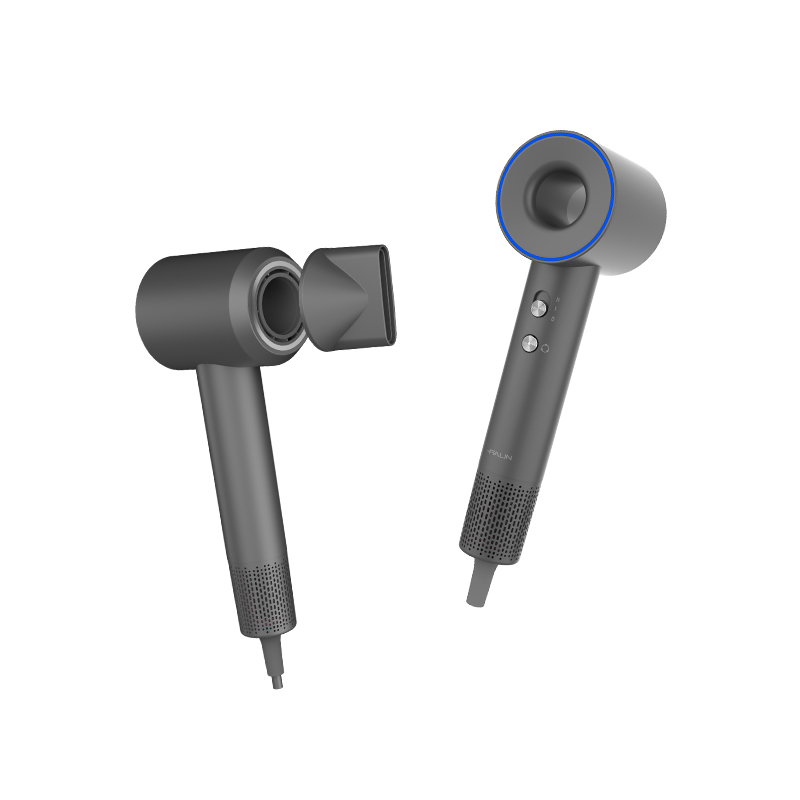
Public restrooms are high-traffic environments where reliability matters. Hand dryers play a central role in keeping hygiene consistent, and maintenance often determines whether they remain functional without frequent disruptions. In recent years, the Brushless Motor Hand Dryer has gained attention not only for its energy efficiency but also for its reduced need for upkeep. But how easy is it to maintain one in practice? The answer depends on a mix of design features, user habits, and facility management practices.
Less Wear on Components
Traditional dryers rely on brushed motors, which experience gradual wear as the brushes make contact with the moving parts. Over time, this results in replacements and downtime. A Brushless Motor Hand Dryer eliminates that friction point, which directly reduces the number of mechanical failures. Since there are fewer parts exposed to friction, maintenance schedules can be spaced out, and the cost of spare components drops significantly.
Cleaning the Exterior and Air Filters
Even with fewer moving parts, routine cleaning is still essential. Dust, lint, and bacteria can build up on air intakes and outlets. Most models include removable filters that can be washed or replaced within minutes. For facility staff, this makes upkeep straightforward: wiping down the exterior with a disinfectant and checking filters on a set schedule is often sufficient. The absence of carbon dust, which is common in brushed motors, further simplifies cleaning because the machine produces less internal residue.
Durability in High-Traffic Areas
In busy public spaces, durability is just as important as function. A Brushless Motor Hand Dryer is designed to operate for longer life cycles, which means fewer breakdowns over the years. For maintenance teams, this translates to less time spent troubleshooting unexpected failures. Instead of frequent mechanical checks, the focus shifts toward simple preventive care like ensuring electrical connections are secure and the machine is not obstructed.
Simplified Replacement Procedures
When parts do need attention, many brushless dryers are built with modular components. For example, replacing a heating element or sensor often involves unscrewing a panel rather than dismantling the entire unit. This approach allows technicians to perform quick fixes without specialized tools. The modularity of a Brushless Motor Hand Dryer reduces downtime and ensures that even basic maintenance can be handled by in-house staff rather than requiring outside specialists.
Cost and Time Considerations
Maintenance isn't only about technical ease; it also involves time and budget planning. Because brushless motors last significantly longer, replacement intervals for major components are extended. This reduces the frequency of service visits and the need to keep a large stock of spare parts. While the initial purchase price of a Brushless Motor Hand Dryer may be higher, the lower ongoing service requirements balance the investment over time. Facilities that calculate total cost of ownership often find maintenance efficiency to be one of the most convincing factors.
Training and User Awareness
No matter how advanced the technology, user behavior influences maintenance outcomes. Misuse, such as inserting foreign objects or blocking vents, can still cause strain on the system. Providing clear signage and ensuring that cleaning staff are trained in basic care can go a long way in keeping a hand dryer in good condition. With a Brushless Motor Hand Dryer, such training tends to be simpler since fewer issues arise from everyday wear.
Maintaining a Brushless Motor Hand Dryer is relatively straightforward compared to older models with brushed motors. Reduced mechanical wear, easy-to-clean filters, modular replacement parts, and longer operational life all contribute to lower maintenance demands. While no device is entirely free from upkeep, these dryers offer facility managers a practical balance between performance and simplicity. For businesses and public institutions alike, this means less time spent on repairs and more consistent service for users.


 English
English 中文简体
中文简体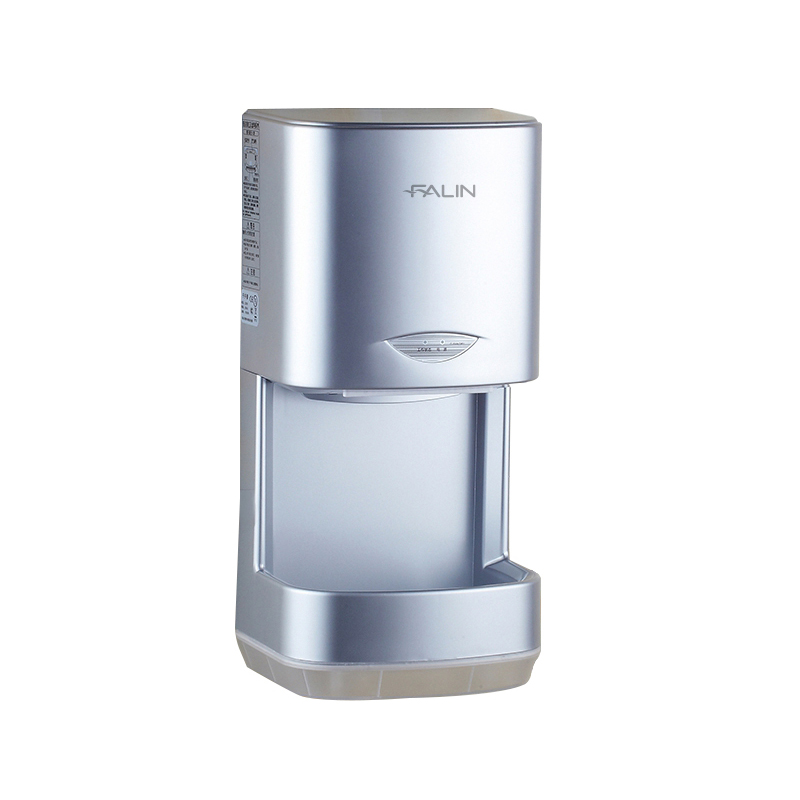

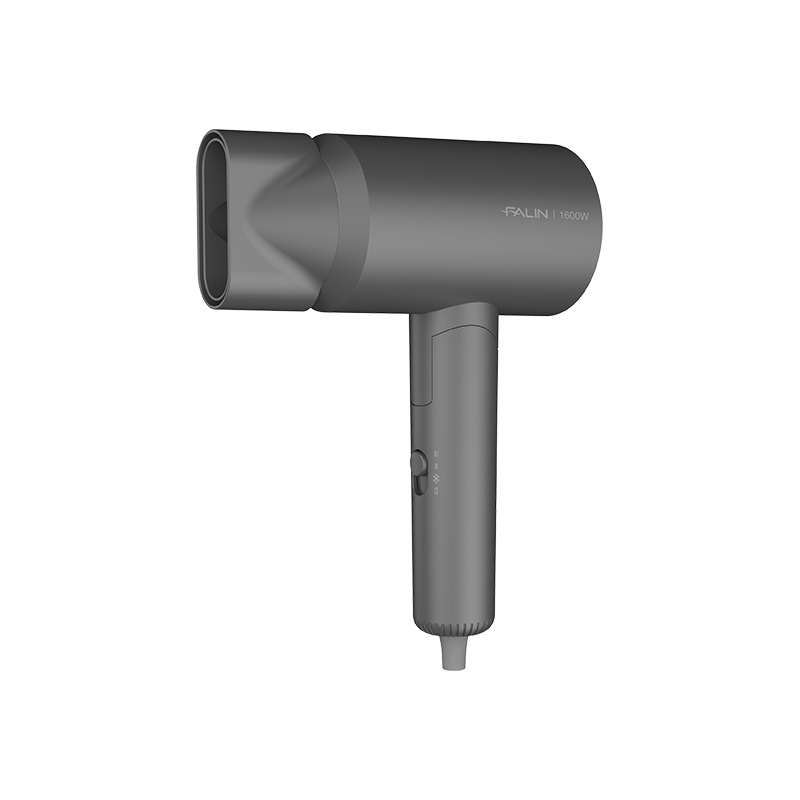
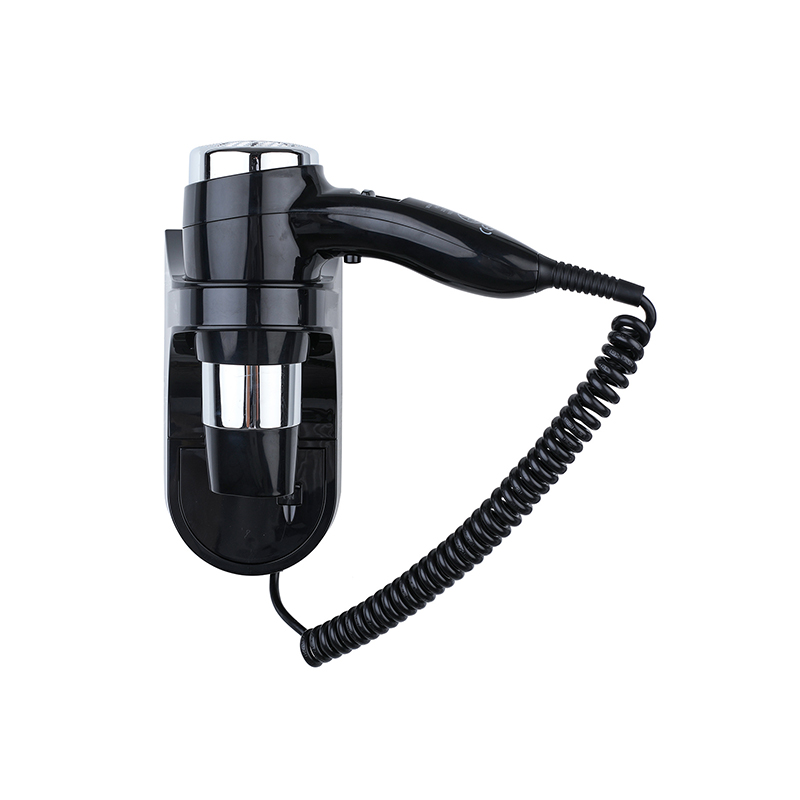
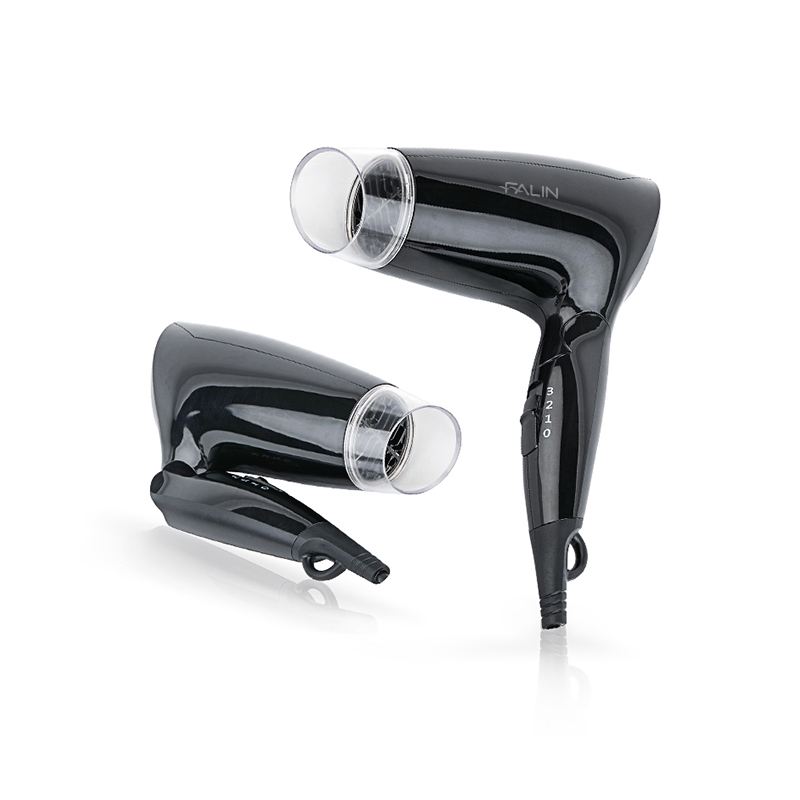


 Building 19, Block 9, Bihu Wangyang Town, Liandu District, Lishui City, Zhejiang Province, China
Building 19, Block 9, Bihu Wangyang Town, Liandu District, Lishui City, Zhejiang Province, China 